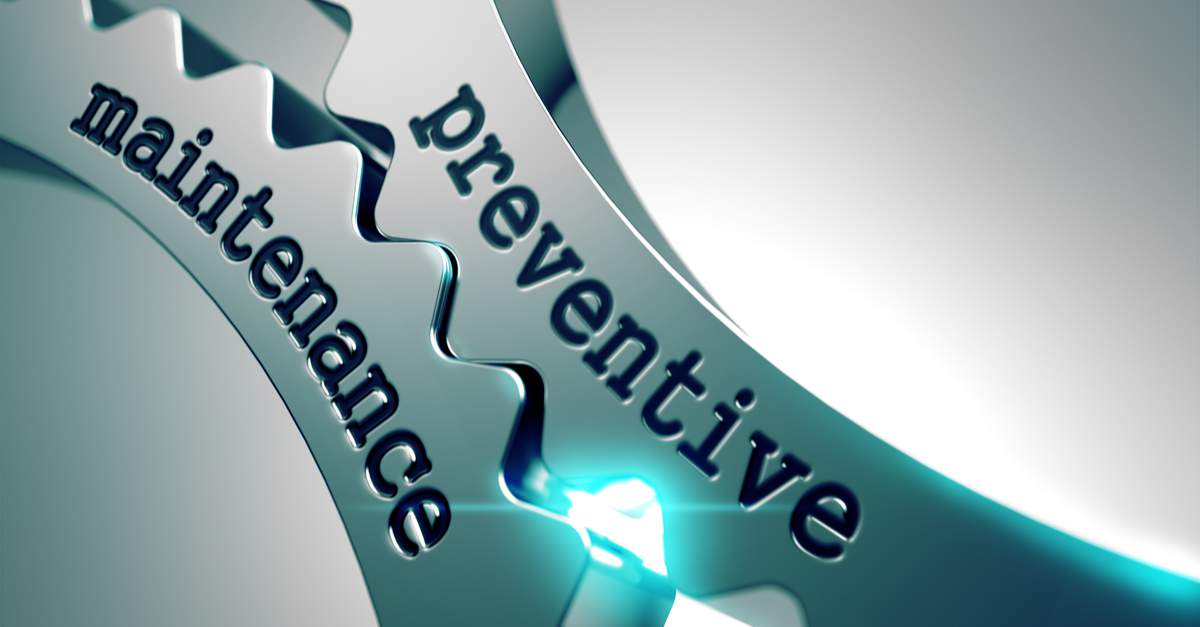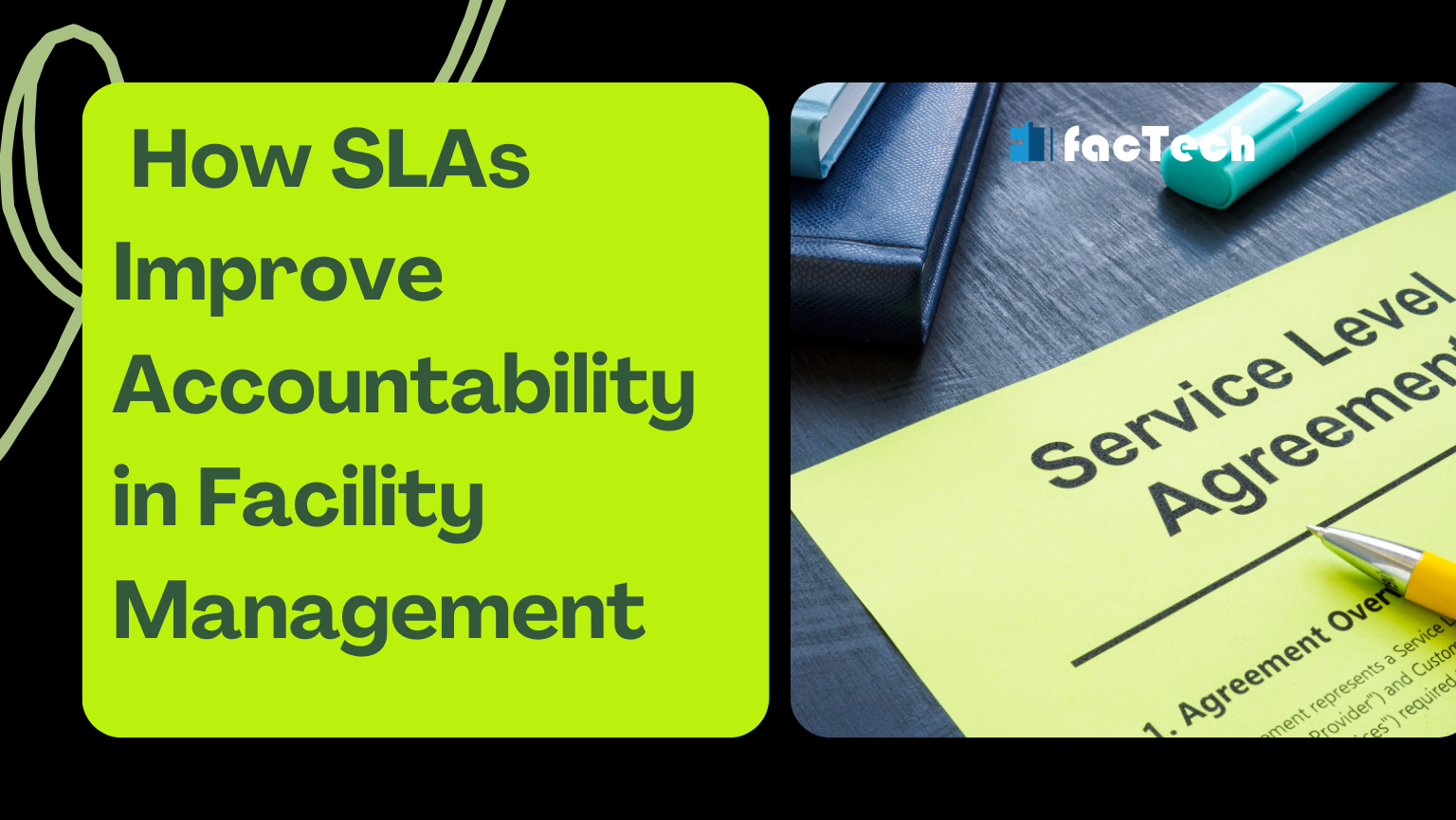Improving Equipment Reliability with a Preventive Maintenance Plan
![]()
Preventive Maintenance Plan
A preventive maintenance plan can prolong the life and reliability of any company’s properties, but most companies find it too difficult to manage manually. Given the breadth and volume of properties, a computerized maintenance management system is essential. In a variety of ways, implementing such a system would extend the life and reliability of your properties.
Steps to help you improve your PM program for equipment reliability-

Step 1: Assemble a group of experts
To work on this project, assemble a small team of experts. Both maintenance and operations staff should be included. Consider a party of three or four people.
Step 2: Sort your equipment into categories
Sort your equipment into three categories: critical, very important, and important. Just a few pieces of equipment would most likely fall into the Critical category. This is where we start, with the most critical equipment in the company.
Step 3: Choose a vital asset
To begin, only one piece of equipment is addressed. To decide all of the scheduled PM activities for this asset, run a report in the maintenance management system.
Step 4: Determine the cause of the failure
Determine the mode of failure for the particular piece of equipment. Determine whether the examined equipment has a failure mode that is age-related or not. The community must make a decision.
Step 5: Identify the various types of tasks
Examine each task one by one to ensure that it is a true and meaningful PM task. Determine the task’s complexity. (For example, inspecting a piece of equipment’s on-condition job, inspecting for a secret defect, restoring or overhauling a piece of equipment with a safe-life or economic-life limit, or discarding a task of a piece of equipment with a safe-life or economic-life limit.)
Step 6: Go through the tasks in the CMMS again
Examine the particular role as it appears in the maintenance management scheme (CMMS). Determine if the assignment is sufficiently comprehensive and meaningful, or whether it has flaws that can be addressed. Make the required modifications to the maintenance management system.
Step 7: Examine the task’s recurrence
Check the frequency and make the required changes in the maintenance management system.
Step 8: Inspect the remaining equipment
Repeat the procedure until all of the desired equipment has been evaluated. Each remaining piece of equipment should be examined in the same way one by one. With time, it will become simpler. There will be parallels, and the same constructive tasks and changes will be made. After a while, the procedure will become more effective.
Step 9: Make a plan
Set a team target and keep track of progress. Goals should be set for the PM optimization team, such as how many PMs should be tested every week. To keep track of progress, a report should be developed.
Step 10: Check for completion compliance
Determine whether or not planned PMs are being completed. The scheme must provide a report showing PM compliance. If a constructive PM assignment is worthwhile, it should be measured to ensure that it is completed on time.












Leave a Comment